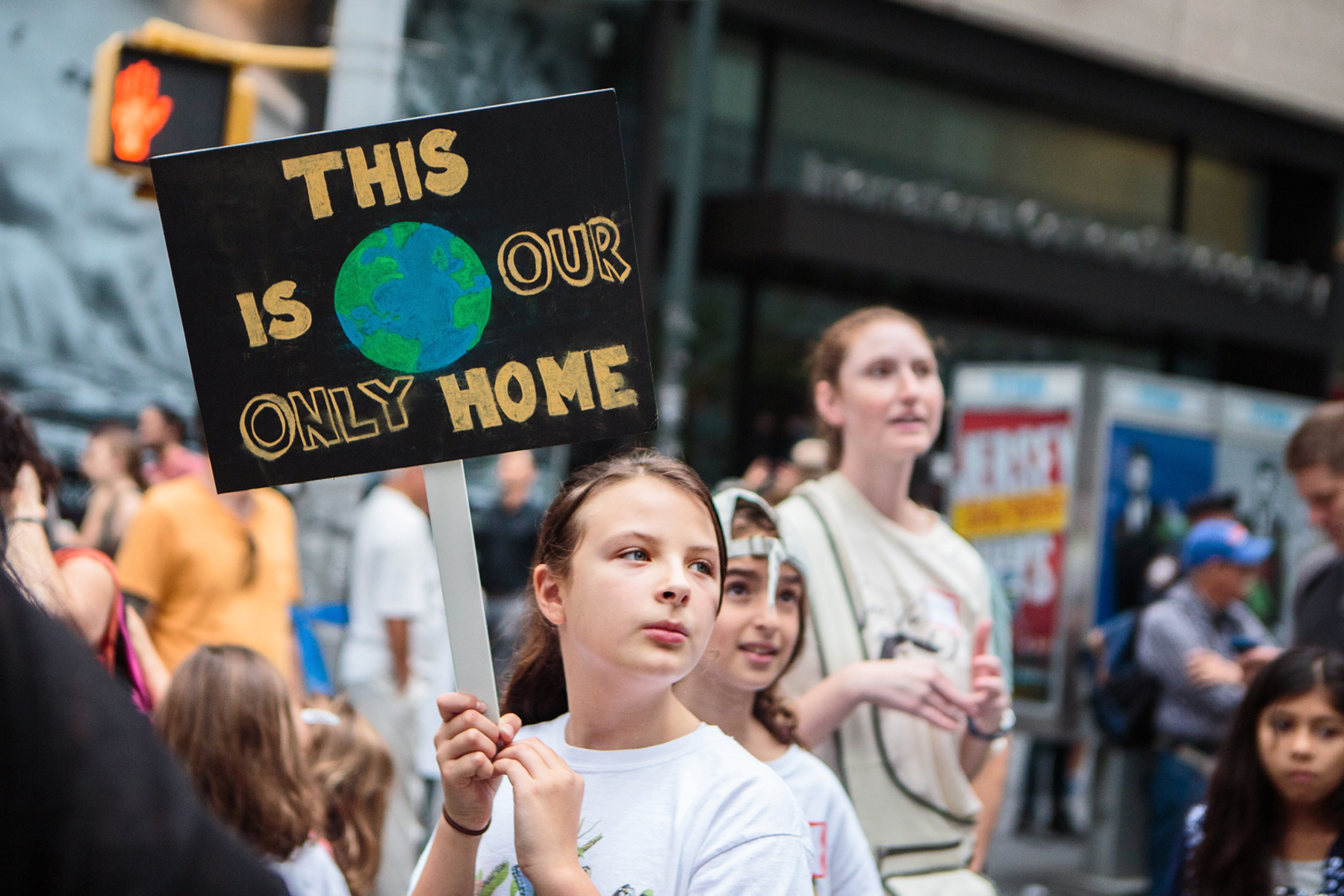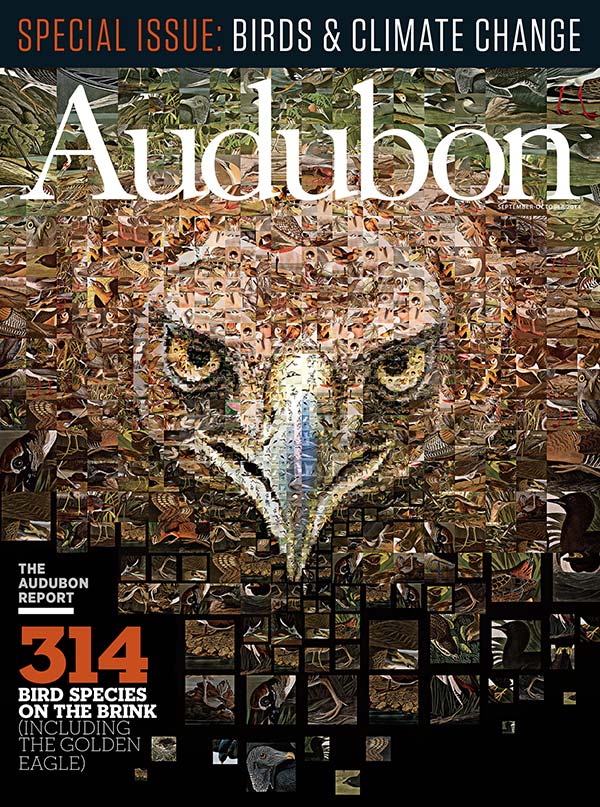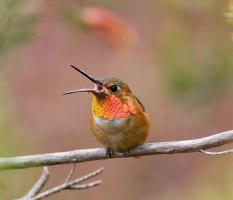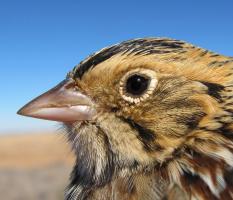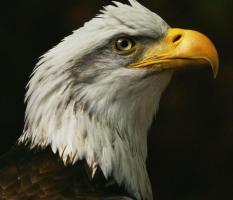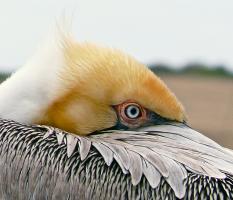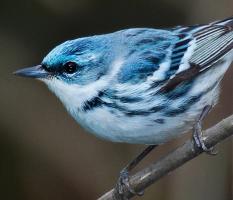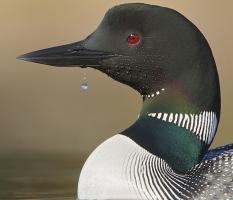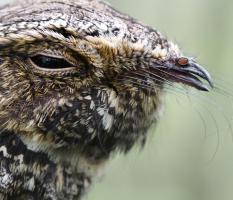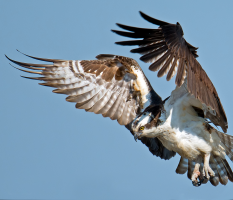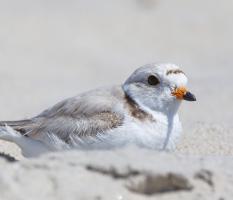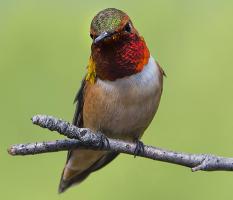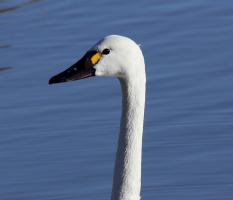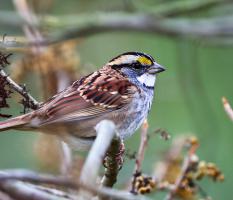On Sunday, the People’s Climate March took over New York City’s Central Park West, Times Square, and much of Sixth Avenue, as well as the homepages of major newspapers, from The New York Times to the Guardian to Time magazine. Twitter lit up as the astounding number of 310,000 protestors circulated—triple the number the organizers had expected.
“Climate march shatters record,” Politico boasted, as MSNBC declared it “the largest climate march in history.” Photos and GIFs of the crowd—taken from rooftops and even by drones—highlighted the sheer spectacle of so many people gathered in one place. By Monday, the final count leapt to 400,000 participants.
I’m proud to have been one of the 400,000 (and more, when considering simultaneous marches around the world). But what really struck me about Sunday’s march was not its size, but its composition. While walking through New York’s streets, I didn’t know how many people were marching with me. But I sensed that the climate movement had been reclaimed by the people who stand to be affected most—namely, young, diverse communities.
Young people of color were center stage at Sunday’s march. New Yorkers whose homes were destroyed by Hurricane Sandy marched with Filipinos battling a rising sea. This section was called the Frontlines of Crisis, Forefront of Change and it had been reserved for “the people most and first impacted.” Many of them represented El Puente, a non-profit in Brooklyn that engages youth in environmental action.
Some surrounded a giant float representing Mother Earth, holding aloft paper sunflowers. A group of them carried a banner reading “Climate change affects us the most!” above which their heads barely rose.
Business leaders, heads of state, and NGO representatives will deliberate at the UN headquarters in New York this week. They will try to develop a strategy that will shape world climate policy once the Kyoto Protocol expires in 2020. Missing from that list of established and powerful attendees are the future generations who will bear the brunt of whatever decisions these key players make.
But at Sunday’s march, they whooped and shouted, making sure their voices were heard.
